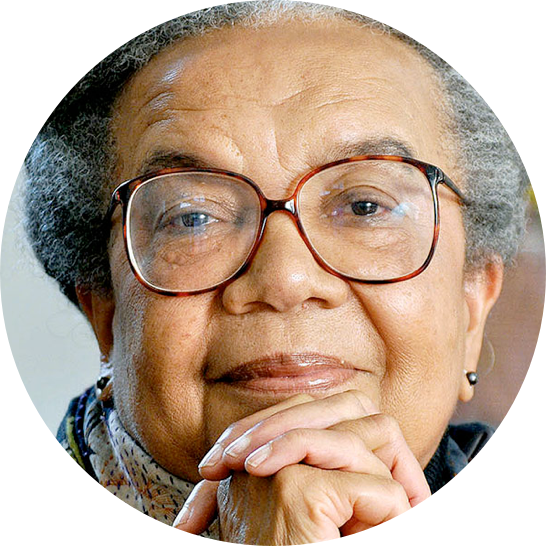The July 28th U.S. Supreme Court decision to strike down voluntary school integration plans in Louisville, Kentucky, and Seattle, Washington, will erode gains in racial equality won through landmark court cases and the struggle by Americans of all races in the Civil Rights Movement. The action by the conservative five justice majority assaults both the spirit and intent of the Warren Court’s 1954 Brown v. Board of Education desegregation ruling, which had a domino effect of undoing legally sanctioned racial apartheid in all aspects of American life. It is sadly ironic that this recent ruling came within days of the anniversary of the Civil Rights Act of 1964.
Although lower courts had upheld both Louisville’s and Seattle’s voluntary plans, which achieved diversity using race as one of the criteria for school placement, the High Court ruled both plans unconstitutional. Chief Justice John Roberts, joined by Justices Antonin Scalia, Clarence Thomas and Samuel Alito, said boards of education cannot take the race of an individual student into account to help foster racial integration of schools. Writing for the majority, Roberts stated, “To achieve a system of determining admission to public schools on a nonracial basis is to stop assigning students on a racial basis.” The practical implication of Robert’s reasoning is that if Americans were only “colorblind” in implementing social, economic and political policies, the problem of racial bias would go away. This is naïve at best. As a society, we are not at the point where we can rely on individuals to make colorblind decisions on a range of matters.
Justice Stephen Breyer was right in his dissent to call this ruling a radical step away from settled law. Writing on behalf of himself and Justices John Paul Stevens, David Souter and Ruth Bader Ginsburg, Justice Breyer asserted that race-conscious considerations can be valuable tools in “eradicating earlier school segregation, bringing about integration or preventing retrogression.”
The ruling is not a total disaster. Although he joined the majority in overturning the Louisville and Seattle plans, Justice Kennedy distanced himself somewhat from Roberts with a separate opinion in which he argued that “avoiding racial isolation” and “addressing the problem of de facto re-segregation in schooling” were compelling state interests and that a school district could constitutionally pursue them “as long as it did so through programs that were sufficiently narrowly tailored.” Kennedy also said that it was “profoundly mistaken to read the Constitution as requiring that state and local school authorities must accept the status quo of racial isolation in schools.” In sum, the Court’s decision in the University of Michigan Law School case was affirmed.
The Court’s ruling will now throw many school districts and local communities into confusion, stripping many of the tools used for decades to implement voluntary antidiscrimination measures. It also will open the door to re-litigation of other established integration plans.
The legacy of 250 years of slavery and a century of segregation laws did not end very long ago. We simply have not come far enough that we can dispense with any remedies to end discrimination. In America, where nearly all of us are descended from people who came to these shores from other lands, many in desperation and many in chains, laws that protect minorities are as vital as our founding principles, however poorly honored in practice. Racial, ethnic and cultural diversity are essential elements of our national character as is the equal protection of the law guaranteed by the Fourteenth Amendment—a more solid bedrock of America’s quest for justice for all. The idea that we no longer have to take affirmative measures to preserve civil rights is no more valid than the idea that we no longer have to take strong measures to uphold the First Amendment or any of our liberties. There have been numerous challenges to our rights of free speech, freedom of assembly, and freedom of the press over the last 200 years. Just as those fundamental, charter freedoms require preservation, so do the protections of racial equality arising from the Fourteenth Amendment, the Brown decision and the Civil Rights Acts.
America’s strength is in its rich mosaic of peoples. Think of the many men and women of color who have contributed so significantly to our society. Imagine baseball without Jackie Robinson and Roy Campanella. Consider Johns Hopkins Surgeon Dr. Benjamin S. Carson; Yahoo online network founder Jerry Yang; Manny Diaz, Mayor of Miami; Vietnam War Memorial architect and designer Maya Lin; astronaut Dr. Ellen Ochoa; and golf champion Tiger Woods. Would we have benefited from their many contributions if the doors of racial opportunity had been closed? Who will be excluded if these doors begin to shut again?
I am appalled that Chief Justice Roberts suggested his ruling was faithful to the heritage of Brown. Roberts got it wrong. Brown was crafted to eliminate racial separation. The Roberts court overturned school integration plans that sought to achieve racial diversity in the classroom. It is my hope that those who now sit on the Supreme Court will commit themselves to advancing justice and building bridges between those of different racial and income groups—not burning those bridges.

